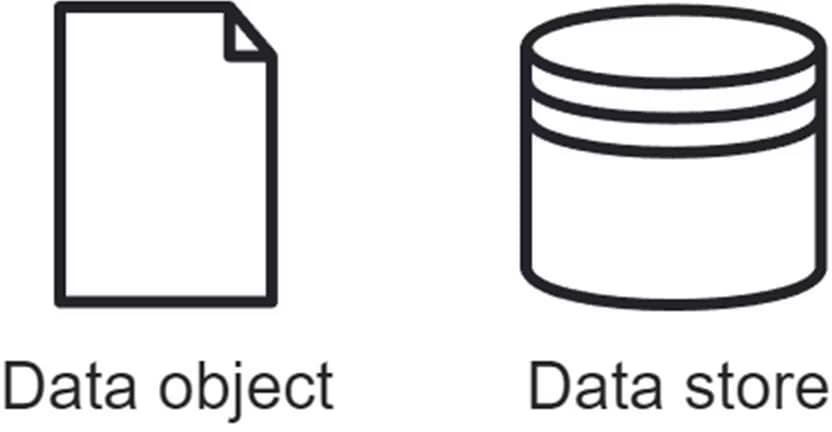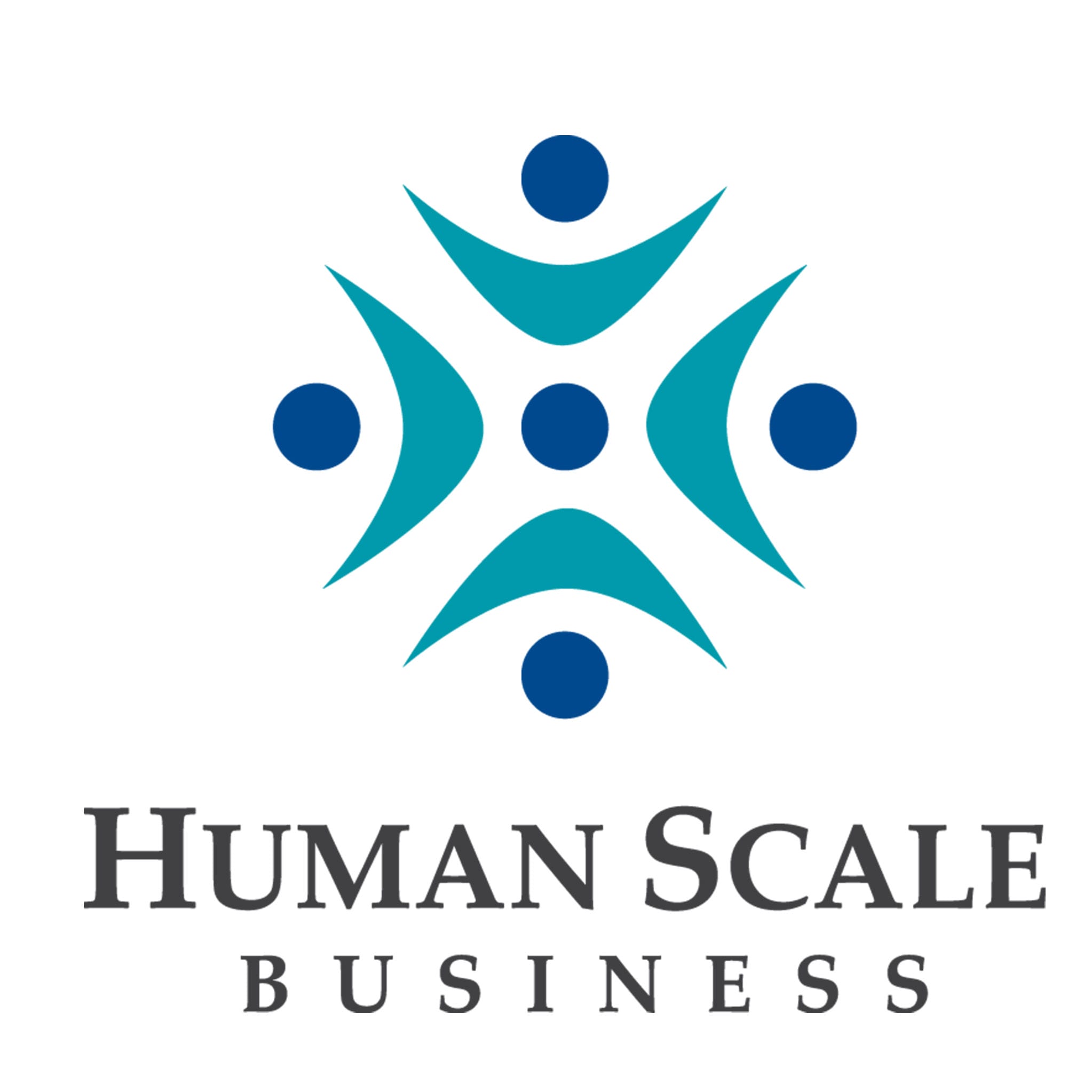In the context of BPMN, “data” means the information we use, modify, or produce during a business process. BPMN provides two elements to represent this data: data objects and data stores, neither of which represent tangible objects but instead the information itself.

Data symbols
- Data objects symbolize individual, transient, and process-specific information, such as an invoice or a job application. Data objects are represented as a piece of paper with a turned-down corner.
- Data stores, however, depict persistent collections of information available for use across multiple processes. Examples include inventory records or employee profiles. Data stores are symbolized as a cylinder.
- Labels can be augmented with parentheticals to indicate state or type, like “Invoice (unpaid)” or “Employee records (retired).”
It’s important to remember BPMN data elements only describe the information used or produced by a process, not the mechanisms for capturing, transmitting, or storing that information. Those details are best left to systems architecture diagrams or data flow diagrams.

